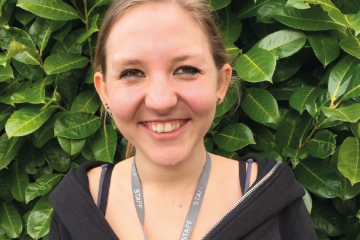Fellowship
Acoustic Vocalisation Early Response Technologies (AVERT)

At a glance
Completed
Award date
March 2019 - October 2020
Grant amount
£99,114
Principal investigator
Dr Liane Hobson
Institute
MRC Harwell
R
- Refinement
Read the abstract
View the grant profile on GtR
